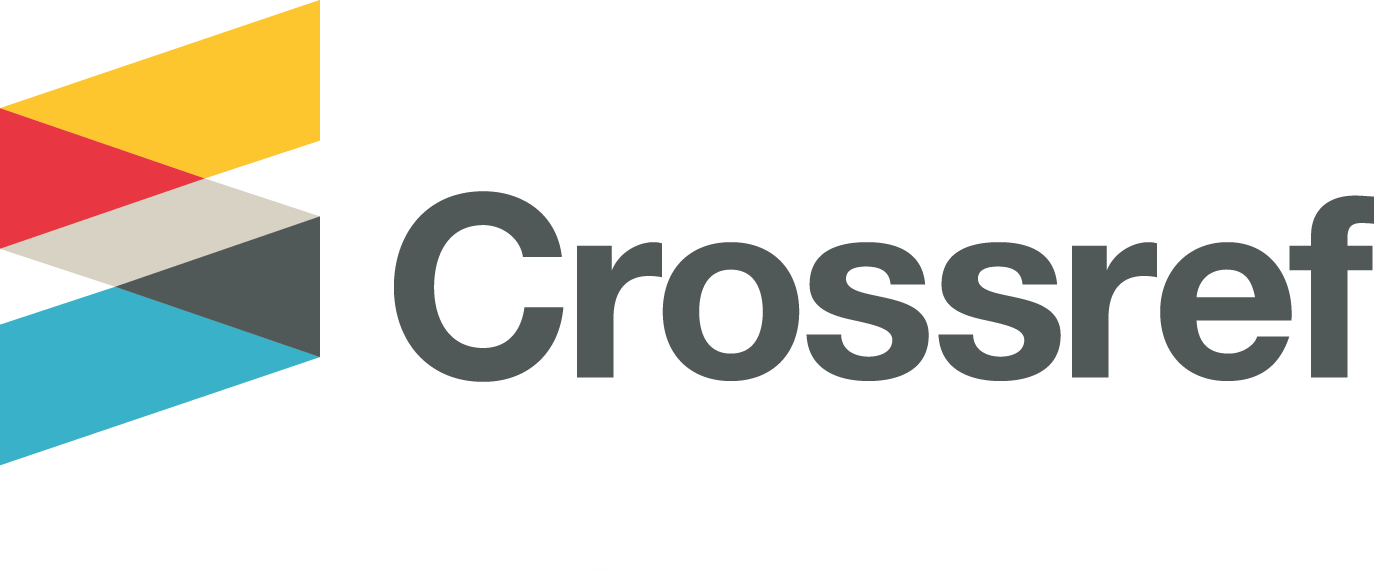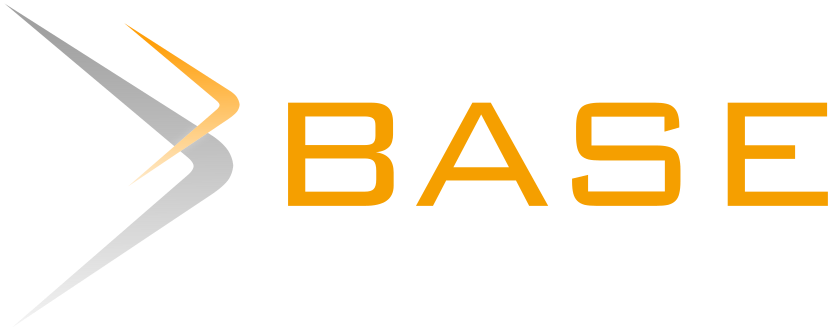The Effectiveness of Using Self Instruction in Increasing Low Self-Esteem in Late Adolescence
Abstract
Self esteem is one of the crucial aspects in the lives of adolescents. This is because during adolescence, individuals can recognize and develop various aspects within themselves, enabling them to determine whether they fall into the category pf positive or negative self esteem. Individuals with high self-esteem tend to have lead happier and more productive lives. Meanwhile, those with low self-esteem have negative perceptions when evaluating themselves and their surroundings. If self esteem issues in adolescents are not promptly addressed, they can have long term consequences on their overall development. Therefore, self esteem is considered significant, necessitating efforts to enhance it. One intervention that can be applied to boost self esteem is the utilization of the self instruction method. The aim of this research is to evaluate the extent of the success of the self instruction method in improving self esteem in late adolescents. The subjects are late adolescents, 19 years old, female, and currently attending high school. The measurement of self-esteem utilizes two scale the Rosenberg Self-Esteem Scale (RSES) and Coopersmith Self-Esteem Inventory (CSEI). In addition to administering the scales, observations, interviews, graphic tests, SSCT, and 16 Pf are conducted. The intervention involves individual self instruction method includes for main steps proposed by Meichenbaum. The experimental design in this research employes an A-B approach in a single-case experimental design pattern. The results indicate that the intervention using the self instruction method effectively raises the self-esteem of subject.
Self esteem merupakan salah satu aspek penting pada diri remaja. Hal tersebut disebabkan pada masa remaja individu dapat mengenali dan mengembangkan aspek apa saja yang ada dalam dirinya, sehingga remaja mampu menentukan apakah ia masuk dalam kategori self esteem positif ataukah self esteem negatif. Individu dengan self esteem tinggi akan menjalani hidupnya dengan bahagia dan lebih produktif. Sementara itu individu dengan self esteem rendah memiliki persepsi negatif dalam menilai diri dan lingkungan. Apabila permasalahan self esteem pada remaja tidak segera ditangani akan berdampak pada masa perkembangan selanjutnya. Maka dari itu self esteem dianggap cukup penting, sehingga perlu adanya usaha dalam meningkatkan self esteem. Salah satu intervensi yang dapat diterapkan untuk menaikkan self esteem adalah memanfaatkan metode self instruction. Tujuan dari penelitian ini adalah mengevaluasi sejauh mana keberhasilan metode self instruction dalam manaikkan self esteem pada remaja akhir. Subjek merupakan remaja akhir dengan usia 19 tahun, berjenis kelamin perempuan dan sedang duduk dibangku SMA. Pengukuran dalam melihat self esteem menggunakan dua skala yaitu Rosenberg self Esteem Scale (RSES) dan Coopersmith Self Esteem Inventory (CSEI). Selain pemberian skala dilakukan juga observasi, wawancara, tes grafis, SSCT, dan 16 Pf. Tindakan intervensi yang diterapkan melibatkan penanganan individual pada subjek dengan memanfaatkan metode self instruction. Metode self instruction yang diimplementasikan melibatkan 4 langkah yang diajukan oleh Meichenbaum. Desain eksperimental pada penelitian ini menggunakan pendekatan A-B dalam pola single case experimental design. Hasil penelitian mengindikasikan bahwa intervensi menggunakan metode self instruction efektif menaikkan self esteem pada subjek.
Keywords
Full Text:
FULL TEXTReferences
Bos, A. E. R., Muris, P., Mulkens, S., & Schaalma, H. P. (2006). Changing self-esteem in children and adolescents: a roadmap for future interventions. Netherlands Journal of Psychology, 62(1), 26–33. https://doi.org/10.1007/bf03061048
Brown, D. J. (1998). The self. McGraw-Hill. https://www.google.co.id/books/edition/The_Self/7FK3AwAAQBAJ?hl=en&gbpv=1&dq=Jonathon+D.+Brown%22&printsec=frontcover
Coetzee, M. (2009). The relationship between personality preferences, self-esteem and emotional competence. [University of South Africa]. https://uir.unisa.ac.za/handle/10500/2045?show=full
Corey, G. (2015). Theory and practice of counseling and psychotheraphy, eighth edition. In Acta Universitatis Agriculturae et Silviculturae Mendelianae Brunensis (Vol. 53, Issue 9).
Cormier, S., Nurius, S.P., & Osborn, C. J. (2013). Interviewing and change strategises for helper. USA: Brooks/Cole. https://books.google.co.id/books?id=ZaUKAAAAQBAJ&printsec=frontcover&source=gbs_ge_summary_r&cad=0#v=onepage&q&f=false
Escamilla, A. G. (2000). Effect of self instructional cognitive-behavioral techniques on anger management in juveniles [University of Texas at Austin]. In Journal of Allergy and Clinical Immunology (Vol. 130, Issue 2). http://dx.doi.org/10.1016/j.jaci.2012.05.050
Eshasiwi, Y. W. (2015). Hubungan trait big-five personality dan harga diri terhadap konformitas teman sebaya. Psikoborneo: Jurnal Ilmiah Psikologi, 3(4), 424–432. https://doi.org/10.30872/psikoborneo.v3i4.3882
Febrina, D. T., Suharso, P. L., & Saleh, A. Y. (2018). Self-esteem remaja awal: temuan baseline dari rencana program self-instructional training kompetensi diri. Jurnal Psikologi Insight, 2(1), 43–56. https://doi.org/10.17509/insight.v2i1.11922
Gravetter, Frederick J. & Forzano, L. B. (2016). Research methods in the behavioral sciences. In The American Catholic Sociological Review (Vol. 15, Issue 2). https://doi.org/10.2307/3708336
Guindon, M. H. (2010). Self-esteem across the lifespan: issue and intervention (1 st ed). New York: Routledge
Heatherton, T. F., & Wyland, C. L. (2003). assessing self esteem. In S. J. Lopez & C. R. Snyder (Eds.), Positive psychological assessment: A handbook of models and measures (pp. 219–234). American Psychological Association. https://doi.org/10.1037/10612-014.
Hurlock, E. B. (1991). Psikologi perkembangan : suatu pendekatan sepanjang rentang kehidupan (edisi 5 (ed.)). Ridwan Max Sijabat.
Kamila, I. I & Mukhlis. (2013). Perbedaan harga Diri (self esteem) remaja ditinjau dari keberadaan ayah. Jurnal Psikologi UIN Sultan Syarif Kasim Riau, 9(Desember), 100–112.
Kumalasari, A. Y., & Rahayu, M. N. M. (2022). Self esteem dan citra tubuh pada wanita dewasa pasca melahirkan. Psikoborneo: Jurnal Ilmiah Psikologi, 10(4), 653. https://doi.org/10.30872/psikoborneo.v10i4.9099
Lange, Alfred, Richard, R., Gest, Aagje, de Vries, M., & Lodder, L. (1998). The effects of positive self-instruction : a con trolled trial. 22(3), 225–236.
Larasati, wikan putri. (2012). Meningkatkan self esteem melalui metode self instruction. Jurnal Psikologi, 1–105.
Lestari, L. P. S. (2014). Pelatihan metode self instruction untuk meningkatkan self esteem siswa sma. Jurnal Pendidikan Dan Pengajaran, 1(47), 49–57. http://dx.doi.org/10.23887/jppundiksha.v47i1.4626
Martin, G., & Pear, J. (2019). Behavior modification: what it is and how to do It 11th Edition. In Oncology: An Evidence-Based Approach.
McClure, A. C., Tanski, S. E., Kingsbury, J., Gerrard, M., & Sargent, J. D. (2010). Characteristics associated with low self-esteem among us adolescents. Academic Pediatrics, 10(4), 238-244.e2. https://doi.org/10.1016/j.acap.2010.03.007
Meitasari, M., Maba, A. P., Rahmawati, A., & Basith, A. (2020). The impact of psychoeducational group with self-instruction techniques toward career decision making, self-esteem, and self-efficacy. Konselor, 9(2), 56–61. https://doi.org/10.24036/0202092108389-0-00
Monks, F. J., Knoers, A. M., & Hadinoto, S. R. (2019). Psikologi perkembangan : pengantar dalam berbagai bagiannya (Cetakan ke). ogyakarta : Gadjah Mada University Press, 2002 © 2019, Gadjah Mada University Press.
Mruk, C. J. (2006). Self-esteem: research, theory, and practice. In Choice Reviews Online (Vol. 32, Issue 10). https://doi.org/10.5860/choice.32-5938
Owen, Timothy J., Stryker, S., & Goodman, N. (2001). Theorizing the relationship between self-esteem and identity. In Extending Self-Esteem Theory and Research. https://doi.org/10.1017/cbo9780511527739.003
Purswell, K. E., & Ray, D. C. (2014). Research with small samples: Considerations for single case and randomized small group experimental designs. Counseling Outcome Research and Evaluation, 5(2), 116–126. https://doi.org/10.1177/2150137814552474
Ratna, R. (2018). Hubungan harga diri dan interaksi teman sebaya terhadap perilaku Perundungan. Psikoborneo: Jurnal Ilmiah Psikologi, 6(3), 375–382. https://doi.org/10.30872/psikoborneo.v6i3.4652
Rock, S. L. (1985). A meta-analysis of self instruction training research. University of Illinois at Urbana-Champaiign.
Salsabila, R., & Fitriyani, H. (2020). Pengaruh teknik self-instruction dalam pendekatan cognitive behavior therapy untuk meningkatkan harga diri korban perundungan. INSIGHT: Jurnal Bimbingan Konseling, 9(1), 56–69. https://doi.org/10.21009/insight.091.06
Santrock, J. (2012). Life-Span development fourteenth edition (2012, McGraw-Hill Education) - libgen.lc.
Santrock, J. W. (2016). Adolescence (16th ed.). In McGraw-Hill.
Saputri, H. R. (2015). Hubungan antara keterlibatan mode dan pembelian impulsif dengan harga diri (self esteem) pada remaja. Psikoborneo: Jurnal Ilmiah Psikologi, 3(4), 343–353. https://doi.org/10.30872/psikoborneo.v3i4.3873
Sarandria. (2012). Efektifitas cognitive behavioural therapy (cbt) untuk meningkatkan self esteem pada dewasa muda [Thesis]. Fakultas Psikologi Program Magister Profesi Klinis Dewasa Universitas Indonesia, 1–141.
Sarwono, J. (2006). Metode penelitian kuantitatif & kualitatif. Yogyakarta : Graha Ilmu.
Septriana, M. A., Liow, C. J., Sulistiyawati, F. N., & Andriani, I. (2009). Hubungan tindakan bullying di sekolah dengan self esteem siswa. Procceding PESAT (Psikologi, Ekonomi, Sastra, Arsitektur Dan Sipil), 3, 3–7. https://core.ac.uk/download/pdf/143963724.pdf
Whiston, S. C. (2005). Principles and applications of assessment in counseling (2nd ed.). In Principles and applications of assessment in counseling (2nd ed.). http://www.redi-bw.de/db/ebsco.php/search.ebscohost.com/login.aspx?direct=true&db=psyh&AN=2005-11445-000&site=ehost-live
Willets, L. & Creswell, C. (2007). Techniques, overcoming your child’s shyness and social anxiety; a self help guide using cognitive behavioural. UK by Robinson.https://www.google.co.id/books/edition/Overcoming_Your_Child_s_Shyness_and_Soci/qQ2eBAAAQBAJ?hl=en&gbpv=1&printsec=frontcover
Yusuf, S. (2005). Psikologi perkembangan anak & remaja (Cet.7). Bandung : Remaja Rosda karya.
Yuwanto, L. (2019). Metode penelitian eksperimen (edisi 2). ogyakarta : Graha Ilmu.
DOI: http://dx.doi.org/10.30872/psikoborneo.v11i4.12658
Refbacks
- There are currently no refbacks.
Copyright (c) 2023 Fildzah Azatil Ismah & Iwan Wahyu Widayat

This work is licensed under a Creative Commons Attribution-ShareAlike 4.0 International License.
PSIKOBORNEO: Jurnal Ilmiah Psikologi Published by Faculty of Social and Political Siences, University of Mulawarman, Samarinda, East Kalimantan and This work is licensed under a Creative Commons Attribution-ShareAlike 4.0 International License.
________________________________________
PSIKOBORNEO: Jurnal Ilmiah Psikologi
Department of Psychology
Faculty of Social and Political Siences, University of Mulawarman
Jl. Muara Muntai Kampus Gn. Kelua Samarinda 75411
Phone: +62 813 35350368
E-Mail: psikoborneo@gmail.com / psikoborneo@fisip.unmul.ac.id
















